According to the International Monetary Fund (IMF), the world’s total gross domestic product (GDP) has reached approximately $115 trillion. Of this total GDP, advanced economies make up around $67 trillion, and emerging markets and developing economies account for $47.93 trillion.
Among these emerging economies, the BRICS nations form a strong economic bloc. The collective GDP of BRICS countries has reached over $31 trillion, which accounts for approximately 27% of global GDP. This massive global GDP share makes BRICS one of the most influential economic groups in the world. China is the largest economy in the BRICS bloc, with a GDP of $19.53 trillion.
Key Takeaways
- The world’s total GDP is about $115 trillion, with BRICS nations having a combined GDP of over $31 trillion or 27% of global GDP.
- Brazil, Russia, and Indonesia follow as the biggest economies outside of China and India, each exceeding $1 trillion.
- China is the largest BRICS economy, with a GDP of $19.53 trillion, playing a key role in the group’s global influence.
What is BRICS?
BRICS is an economic alliance made up of five countries, including Brazil, Russia, India, China, and South Africa. However, this block has expanded overtime with five new nations added, such as the United Arab Emirates, Iran, Egypt, Ethiopia, and Indonesia. Most of the BRICS countries are the world’s largest and fastest-growing economies. They collectively make up around 55% of the world’s population and account for more than 27% of global GDP.
The Collective GDP of BRICS Countries
The following table represents the collective GDP of BRICS countries in 2025.
| Rank | Country | GDP |
|---|---|---|
| 1 | 🇨🇳 China | 19.53 Trillion |
| 2 | 🇮🇳 India | 4.27 Trillion |
| 3 | 🇧🇷 Brazil | 2.31 Trillion |
| 4 | 🇷🇺 Russian Federation | 2.20 Trillion |
| 5 | 🇮🇩 Indonesia | 1.49 Trillion |
| 6 | 🇦🇪 United Arab Emirates | 568.57 Billion |
| 7 | 🇮🇷 Iran | 463.75 Billion |
| 8 | 🇿🇦 South Africa | 418.05 Billion |
| 9 | 🇪🇬 Egypt | 345.87 Billion |
| 10 | 🇪🇹 Ethiopia | 120.91 Billion |
The data is sourced from the International Monetary Fund.
China
China is the most powerful and largest economy in the BRICS block. With a GDP of over $19 trillion, it is also the second-largest economy in the world after the United States. Over the past few decades, China has experienced one of the highest economic growths globally. However, its economic growth rate has slowed down recently, dropping from double-digit figures to around 5% annually. Despite this, China remains one of the most influential economies in the BRICS block.
China is expanding its influence with its Belt and Road Initiative (BRI), New Development Bank, and other infrastructure projects globally.
India
India is the second-largest economy in BRICS Block. It is also the fifth largest economy globally, with a GDP of over $4.27 trillion. India has been experiencing one of the fastest economic growth rates in the world. The country’s economy is expanding at an average annual growth rate of approximately 6%. India also has the largest population globally, which has reached approximately 1.4 billion in 2025. The country’s young workforce, booming gaming IT industry, manufacturing, and pharmaceutical industry play a key role in its economic growth.
Russia
Russia has a GDP of $2.2 trillion, which makes it the third-largest economy in BRICS. Russia’s economy is heavily dependent on natural resources, particularly oil and gas exports. It is one of the world’s largest exporters of oil and gas to Europe, China, and other regions.
However, economic sanctions and geopolitical tensions have affected Russia’s economy badly. The country’s GDP growth rate has averaged around 1-2% per year in recent years. Additionally, Russia also faces demographic challenges due to its negative population growth rate. Despite these issues, Russia remains a powerful country in the BRICS block due to its geographical location and vast natural resources.
Brazil
Brazil has a GDP of $2.31 trillion, which makes it the largest economy in South America. It is also the tenth-largest economy globally. The country is a major exporter of agricultural products, minerals, and oil. It is also one of the world’s top producers of soybeans, coffee, and beef.
South Africa
South Africa has a GDP of $418 billion, which is the smallest among the found BRICS members. It is the most industrialized economy in Africa and one of the world’s largest producers of gold, platinum, and other minerals.
However, the country faces numerous economic issues, including high unemployment, slow growth, and political instability. Its GDP growth rate has been relatively low. In 2025, South Africa is projected to grow at 1.5%, compared to 1.1% in the previous year. Despite this, South Africa plays an important role in BRICS as it serves as a gateway for trade and investment in Africa.
Top 10 Countries the U.S. Had the Largest Trade Deficits in 2024
GDP of New BRICS Member Countries
In recent years, BRICS has expanded with the new addition of Iran, Egypt, the United Arab Emirates (UAE), Indonesia, and Ethiopia. These countries bring additional economic strength and geopolitical influence to the bloc.
Indonesia has a $1.49 trillion GDP, which makes it one of the largest economies in Southeast Asia. The country also has the fifth largest GDP among BRICS nations after China, India, Brazil, and Russia.
Iran has a GDP of $463 billion and is a rich country in oil and gas resources. Despite facing international sanctions, it remains one of the most important energy suppliers among BRICS countries.
Egypt, with a GDP of $345 billion, joined BRICS in 2024. The country serves as a strategic economic hub due to its control of the Suez Canal, a major global trade route.
UAE has the sixth-highest GDP among the BRICS members, at $568 billion. The country is a major financial and trade center in the Middle East.
Ethiopia has the smallest economy in BRICS, with a GDP of approximately $120 billion. However, the country has been one of Africa’s fastest-growing economies. In 2025, Ethiopia is projected to grow at about 6.5%, which is higher than many BRICS nations.
Conclusion
The total GDP of BRICS countries, including new members, exceeds $31 trillion. This accounts for approximately 20% of global GDP. This massive GDP of BRICS nations makes it a major economic force in the world. China remains the largest economy in the group, followed by India, Russia, and Brazil. As Western economies face slow growth, many of the BRICS nations are growing much faster.





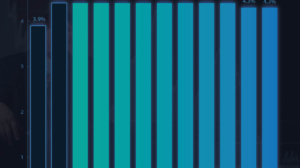
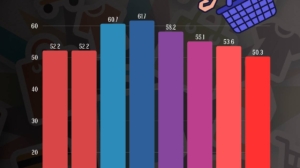
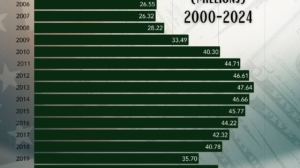

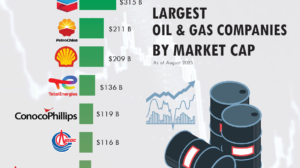
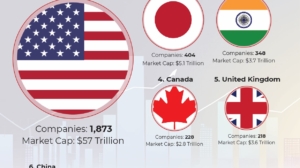
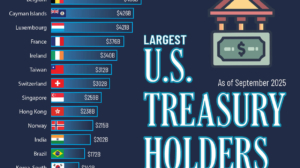
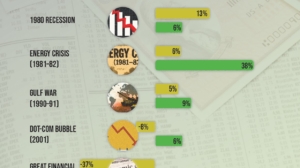
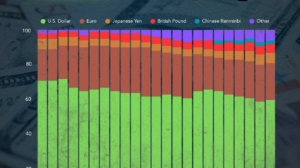

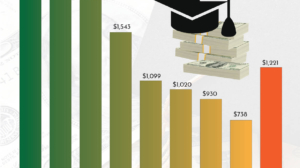
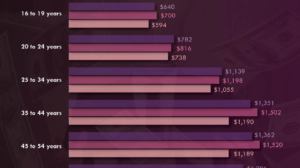
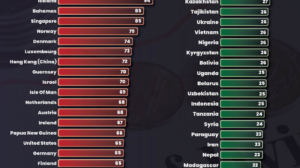
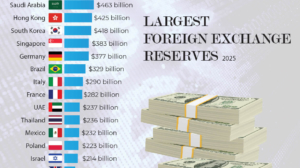
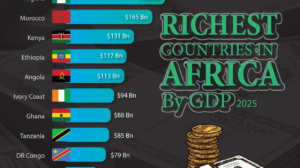
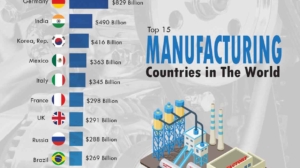
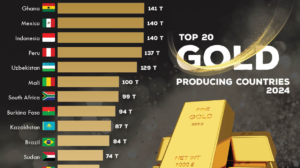
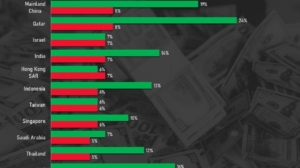
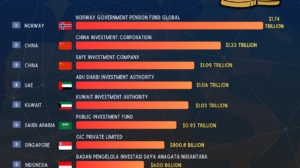
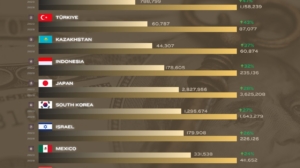
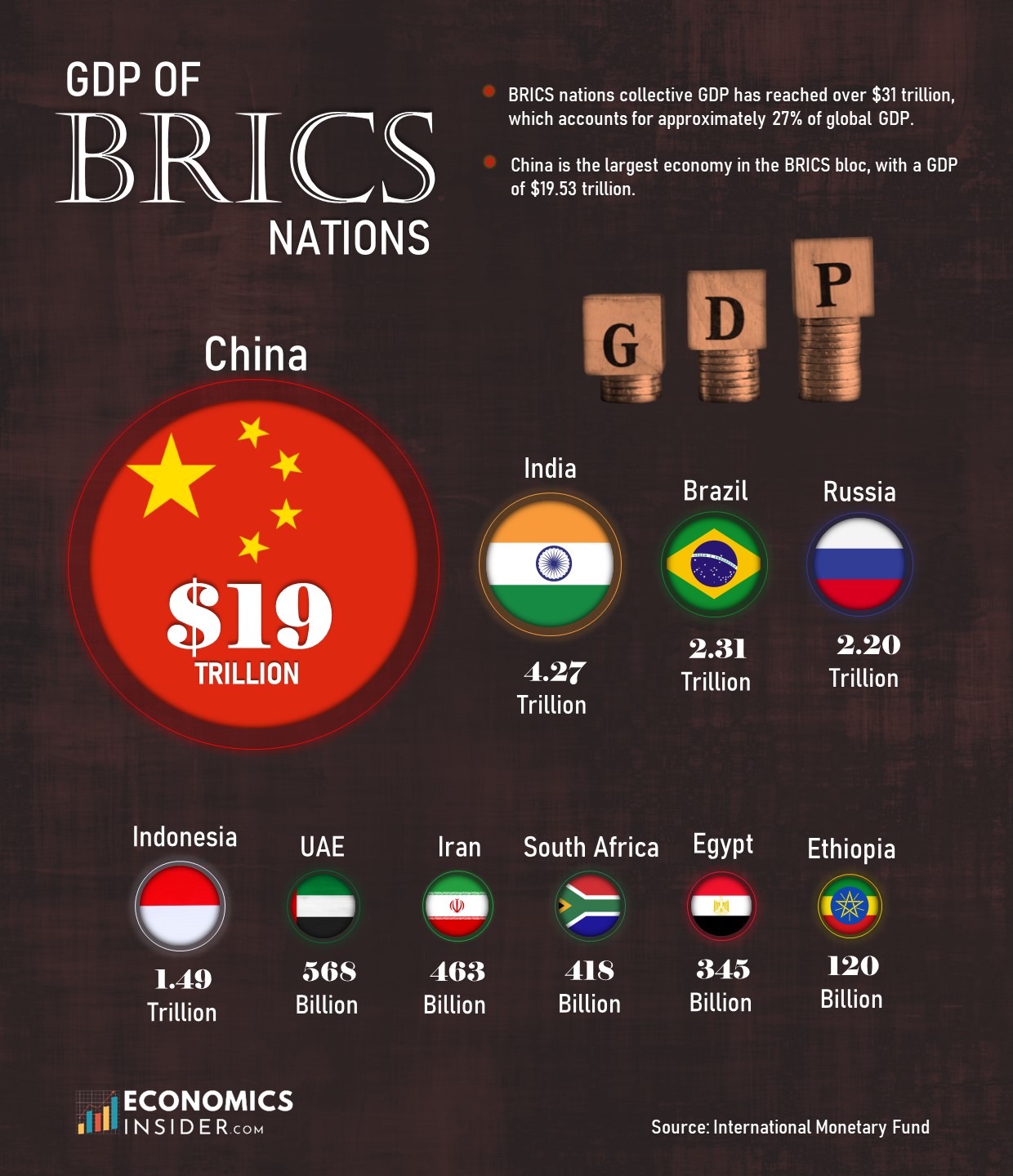

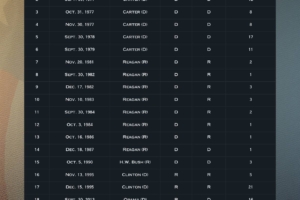
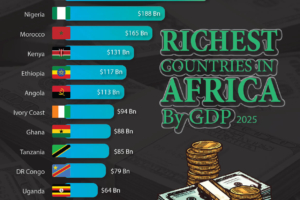








Add Comment